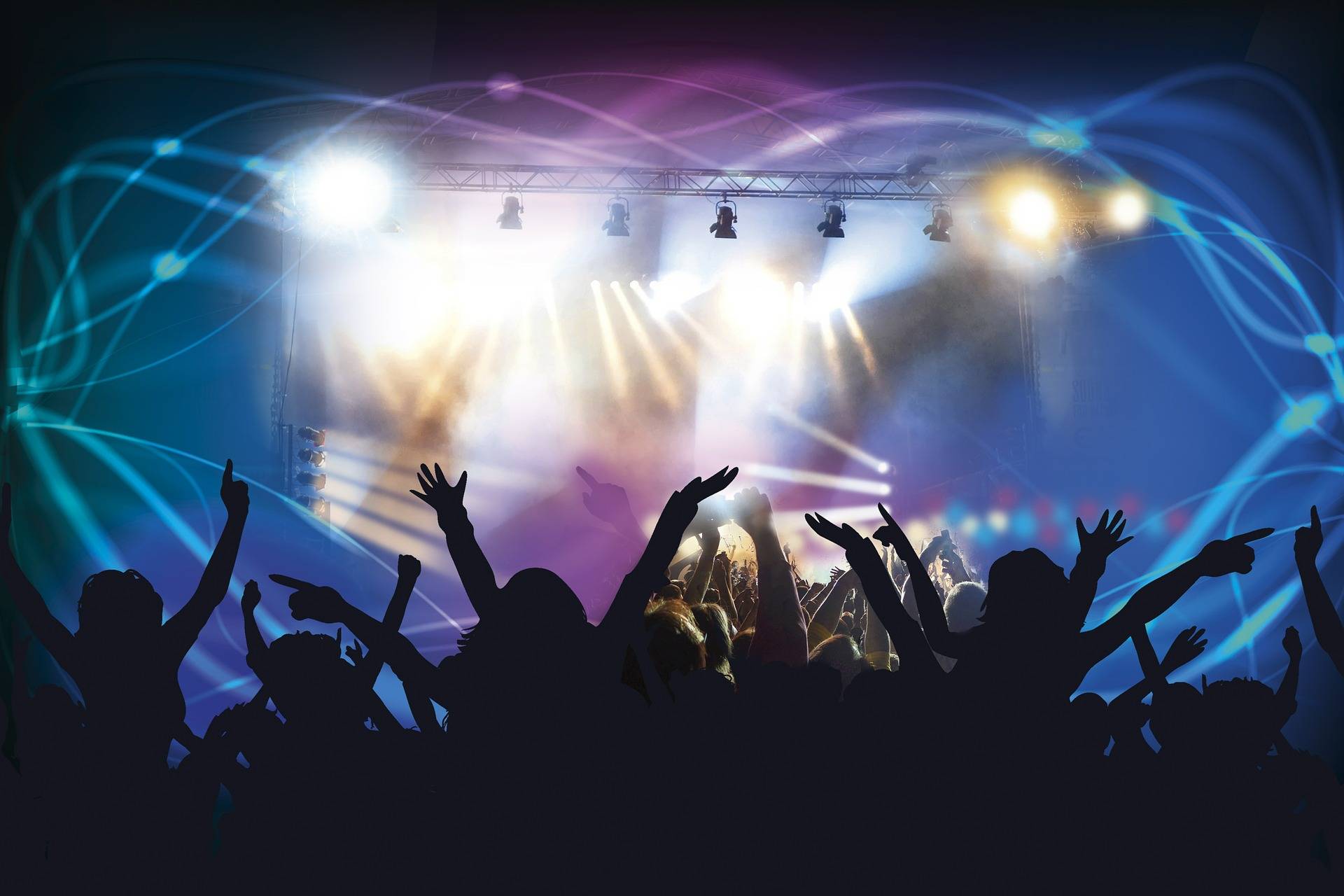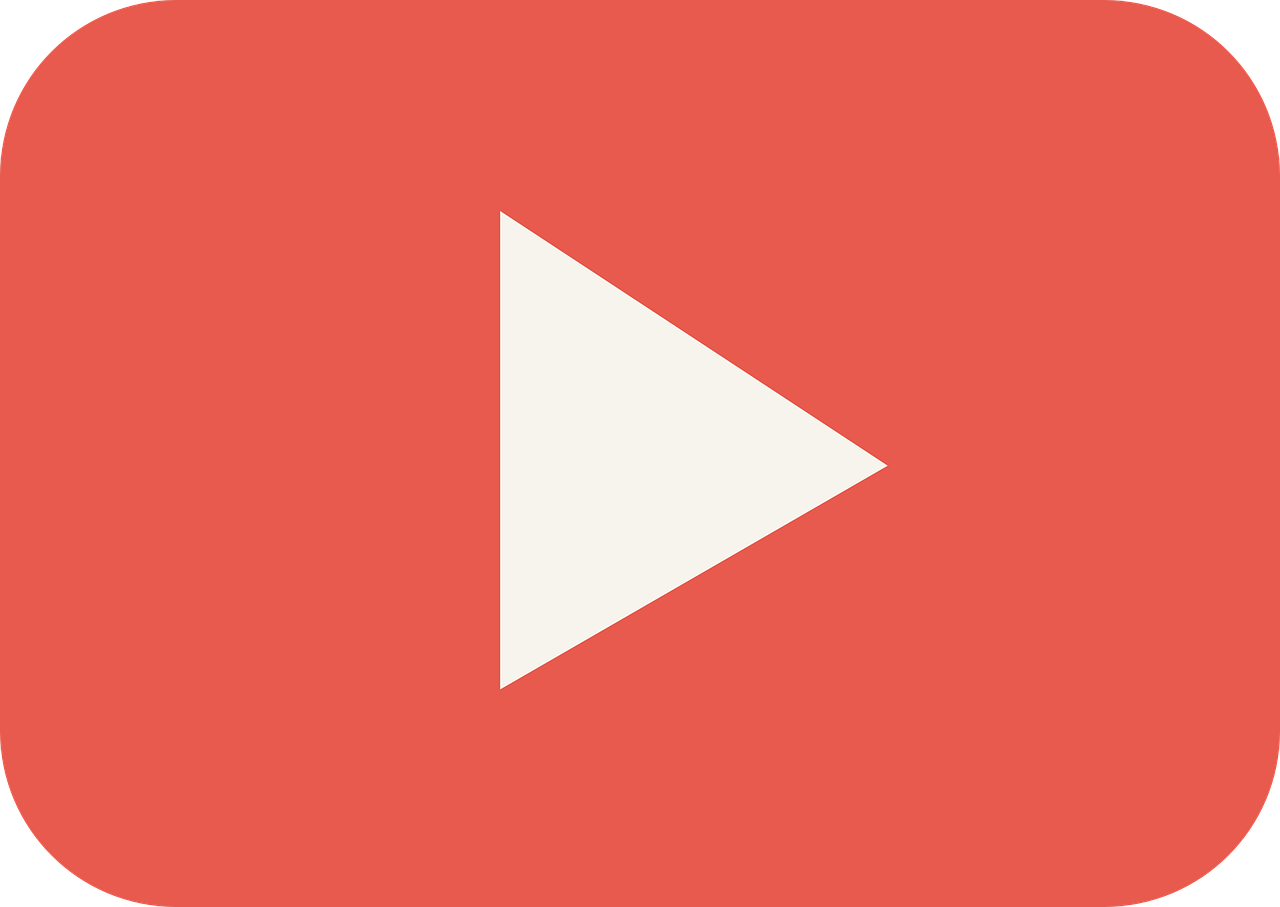20. January 2016 | Marketing | rightsify
12 steps to monetizing your music (Part 1 – Revenue Streams)

Four Of The Most Important Revenue Streams for Independent Artists
For independent artists, having multiple revenue streams is an important part of growing your music from a personal passion to a full-fledged career. For an artist to be successful in the digital age there are several key revenue streams to tap into which we have outlined below.
1. Neighboring Rights

Neighboring Rights are the rights of performers (artists) and producers (labels).
Often confused with Publishing Rights or unknown entirely, Neighboring Rights have become a very important revenue stream in recent years for independent artists and labels all over the world.
For Neighboring Rights, the most common revenue source is radio play, this applies to both traditional local radio stations as well as internet radio services such as Pandora and Beats1. When your music gets played on the radio you are due what is called a ‘Neighboring Right’.
2. Publishing Rights

Publishing Rights are probably the most common revenue stream for independent artists in addition to downloads and streams. Not to get confused with Neighboring Rights, Publishing Rights are assigned to the ‘Songwriter’ of a song as well as the ‘Publisher’. In electronic music, the artist is most often both the songwriter and publisher of a song.
A few of the most common revenue streams for Publishing Rights are…
– Mechanical Royalties (Download/Streaming)
Every time your music is streamed or downloaded on platforms like iTunes, Spotify, Google Play, etc. you are earning what is called a mechanical royalty. Not to be confused with the royalties paid to you by the digital services or your distributor, this is a completely separate royalty that is set aside for the Publishing Rights of a song.
– Performance Royalties
Performance Royalties are earned when your music is played in public and in various forms of media. Similar to Neighboring Rights mentioned above, Performance Royalties are the equivalent but for songwriters and publishers instead of artists and labels.
Some of the main sources of performance royalties are:
- Licensing your music for synchronization in TV, Games, Films and Advertising
- When your music is played on the radio
- When your music is played on TV in advertising, or TV shows.
- When you perform live at a show or concert
3. YouTube Content ID
YouTube royalties are also part of Publishing Rights (streaming), however the majority of YouTube royalties are paid to artists and labels using the Content ID program.
By placing ads on your music you earn a royalty every single time a video with your music is played. For artists that use high-profile promotional channels on YouTube and have other user generated videos with your music, this can be a nice revenue source in addition to your download and streaming royalties paid by your distributor.

4. Sample Packs
Probably most familiar with the readers here at Noizefield, selling sample packs is a stable and significant revenue stream for independent artists. As we mentioned in our interview with Noizefield last December, sample packs can be sold across many formats and genres although they are most prevalent in electronic music.
Stay tuned for our next article as part of our ‘12 Steps To Monetizing Your Music Series’


More information: Rightsify
Leave a Reply
You must be logged in to post a comment.





Pingback: 12 steps to monetizing your music (Part 2 – Music Copyrights)